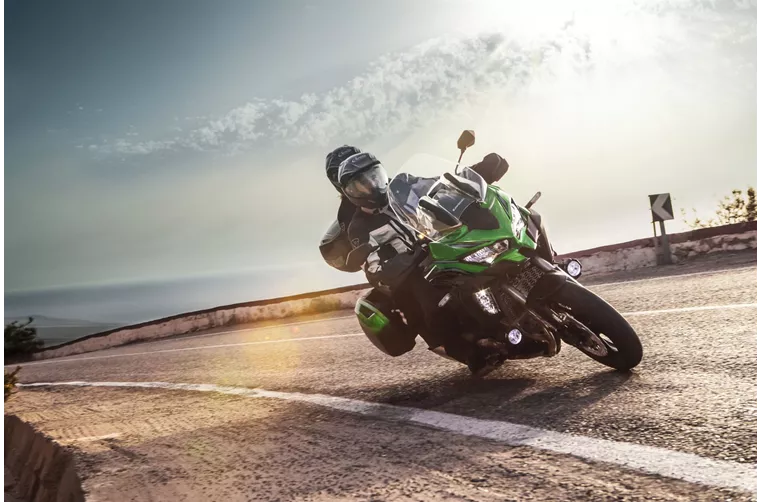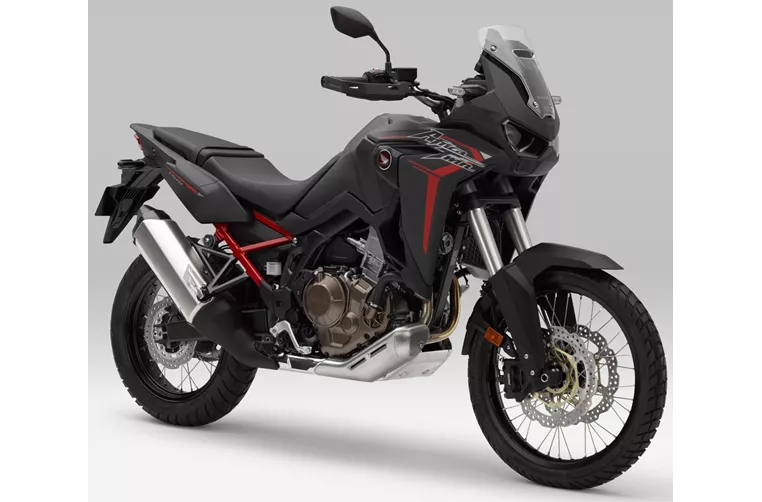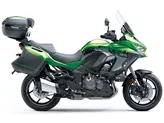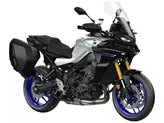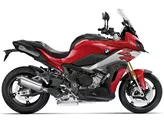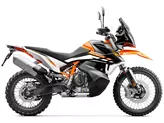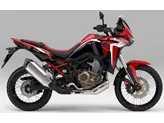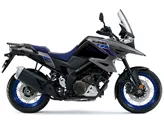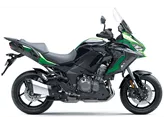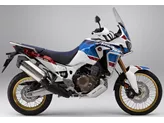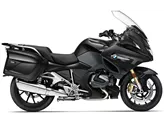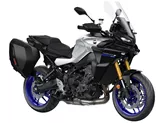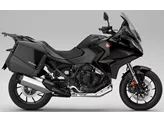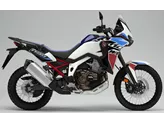Kawasaki Versys 1000 SE 2021 vs. Honda CRF1100L Africa Twin DCT 2020
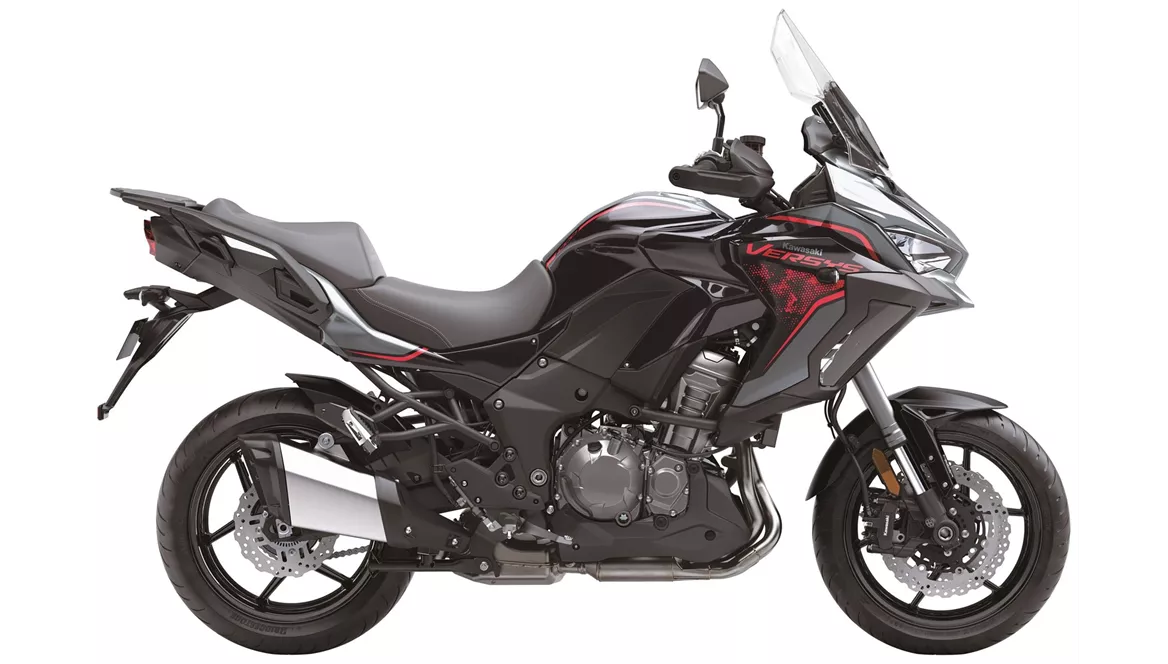
Kawasaki Versys 1000 SE 2021
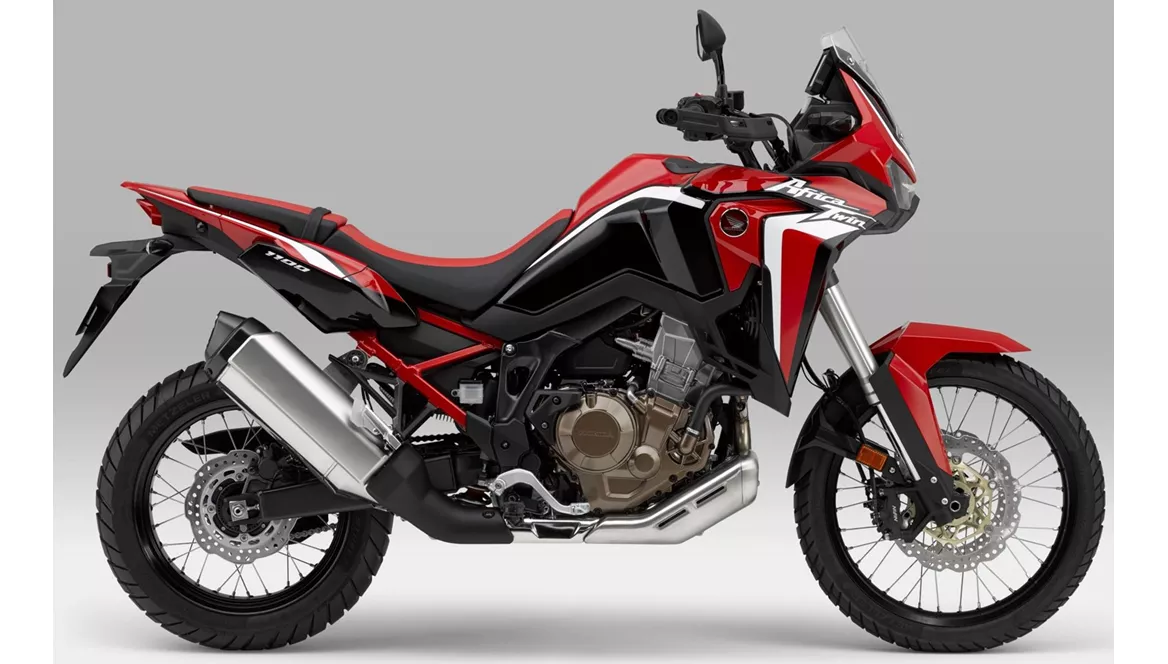
Honda CRF1100L Africa Twin DCT 2020
Overview - Kawasaki Versys 1000 SE 2021 vs Honda CRF1100L Africa Twin DCT 2020
When comparing the Kawasaki Versys 1000 SE 2021 and the Honda CRF1100L Africa Twin DCT 2020, it is important to consider their technical specifications and strengths and weaknesses.
Starting with the technical specifications, both motorcycles have in-line engines, but the Kawasaki Versys 1000 SE has a larger displacement of 1043cc compared to the Honda CRF1100L Africa Twin DCT's 1084cc. The Kawasaki also has more power with 120 HP compared to the Honda's 102 HP. However, the Honda has slightly higher torque at 105 Nm compared to the Kawasaki's 102 Nm.
In terms of suspension, both motorcycles feature upside-down telescopic forks in the front and swing arm suspension with monoshock in the rear. However, the Honda has a longer travel distance for both the front and rear suspension, with 230mm and 220mm respectively, compared to the Kawasaki's 150mm and 152mm. This suggests that the Honda may offer better off-road capability.
The chassis of the Kawasaki Versys 1000 SE is made of aluminum, while the Honda CRF1100L Africa Twin DCT has a steel frame. The Kawasaki has a slightly steeper rake at 63 degrees compared to the Honda's 62.5 degrees, but the Honda has a longer trail at 113mm compared to the Kawasaki's 106mm.
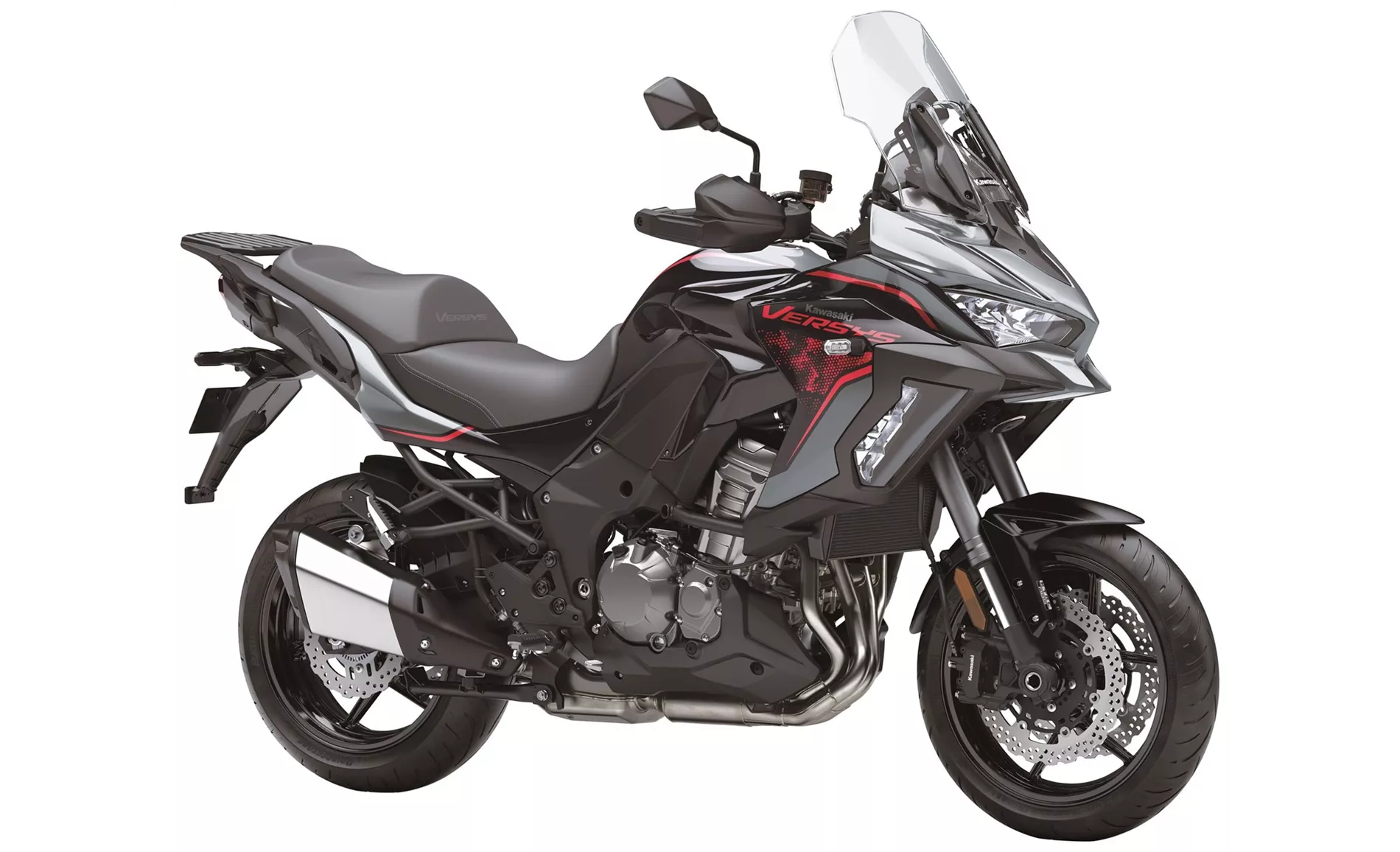
Kawasaki Versys 1000 SE 2021
Both motorcycles have double disk brakes in the front, but the Honda offers additional advanced rider assistance systems such as riding modes, cornering ABS, ride by wire, traction control, and anti-wheelie. The Kawasaki, on the other hand, offers ABS, ride by wire, and a quickshifter.
In terms of dimensions and weights, the Honda has a larger front tire diameter of 21 inches compared to the Kawasaki's 17 inches. The Honda also has a smaller rear tire width of 150mm compared to the Kawasaki's 180mm. The Honda has a longer wheelbase at 1575mm compared to the Kawasaki's 1520mm. The seat height of the Honda is slightly higher at 850mm compared to the Kawasaki's 840mm. The Honda is also lighter with a kerb weight of 236kg compared to the Kawasaki's 257kg. However, the Kawasaki has a larger fuel tank capacity at 21 liters compared to the Honda's 18.8 liters.
In terms of equipment, both motorcycles feature LED headlights, but the Kawasaki also offers heated grips and cornering lights.
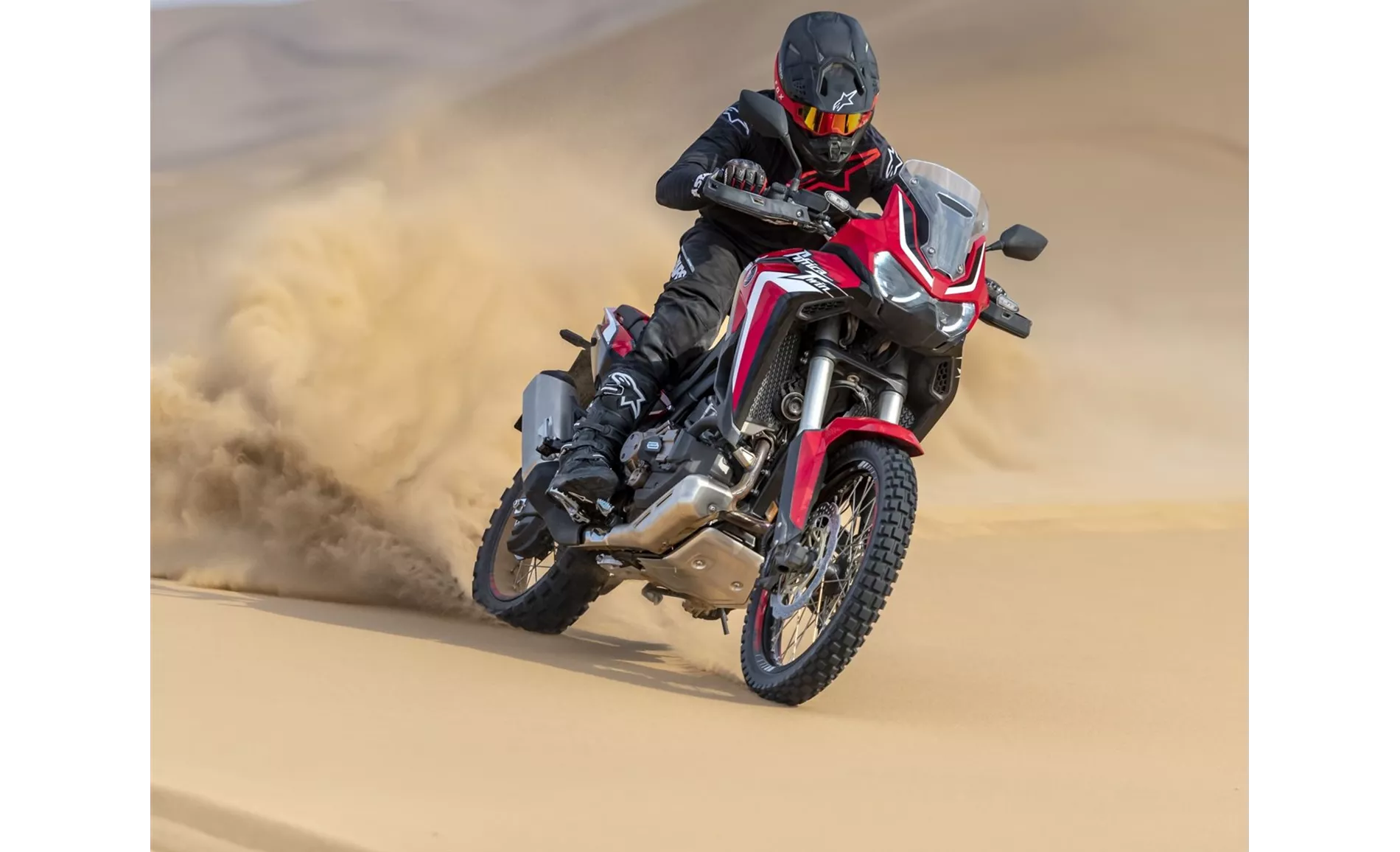
Honda CRF1100L Africa Twin DCT 2020
Moving on to the strengths and weaknesses, the Kawasaki Versys 1000 SE 2021 has a very comfortable seating position, thanks to its adjustable windshield and superb electronically adjustable Showa suspension. It also has a cultivated in-line four-cylinder engine, a full electronics package, and a well-controlled braking system. Additionally, it has a distinctive look.
On the other hand, the Honda CRF1100L Africa Twin DCT 2020 offers a high-torque engine and sophisticated electronic driving aids. It has a wonderfully functioning DCT and a touch-screen color display. It also has good ergonomics and is capable of long-distance riding. The windshield of the Honda is perfect for off-roading.
However, the Kawasaki's windshield is not adjustable with one hand, which can be a drawback. The Honda's handguards are not very robust for off-road use, and the flood of switches on the left handlebar can be overwhelming. Additionally, the windshield of the Honda offers manageable protection.
In conclusion, the Kawasaki Versys 1000 SE 2021 and the Honda CRF1100L Africa Twin DCT 2020 have their own strengths and weaknesses. The Kawasaki offers a comfortable seating position, a powerful engine, and a full electronics package. The Honda, on the other hand, offers a high-torque engine, sophisticated electronic driving aids, and a well-functioning DCT. Ultimately, the choice between the two will depend on the rider's preferences and intended use of the motorcycle.
Technical Specifications Kawasaki Versys 1000 SE 2021 compared to Honda CRF1100L Africa Twin DCT 2020
Pros and Cons in comparison
Pros and Cons in comparison
Kawasaki Versys 1000 SE 2021
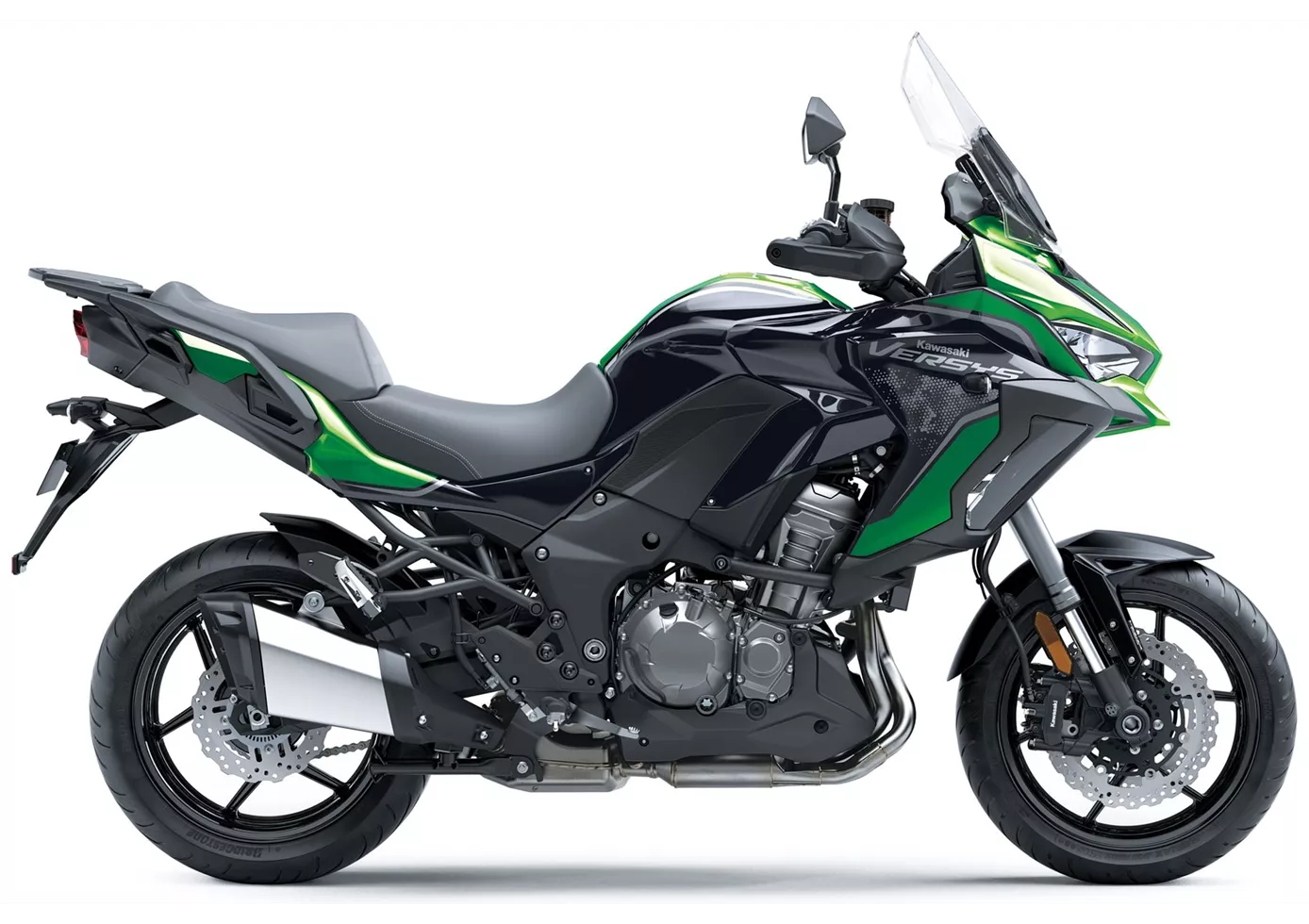
The Kawasaki Versys 1000 SE is more than equipped for the big journey: The many features pull together, because everything good about the SE is aimed at comfort and safety. Whether it's the semi-active electronic Skyhook suspension from Showa, the KIBS cornering ABS, the Kawasaki Cornering Management Function (KMCF), the cornering lights or the easy-to-read TFT colour display, the electronics leave nothing to be desired. Coupled with the comfortable seating position and the high, adjustable windshield, long stages are a pleasure. The engine is certainly not the most powerful, the weight certainly not the lowest, but overall the Versys 1000 SE is an optimal touring motorbike.
Honda CRF1100L Africa Twin DCT 2020
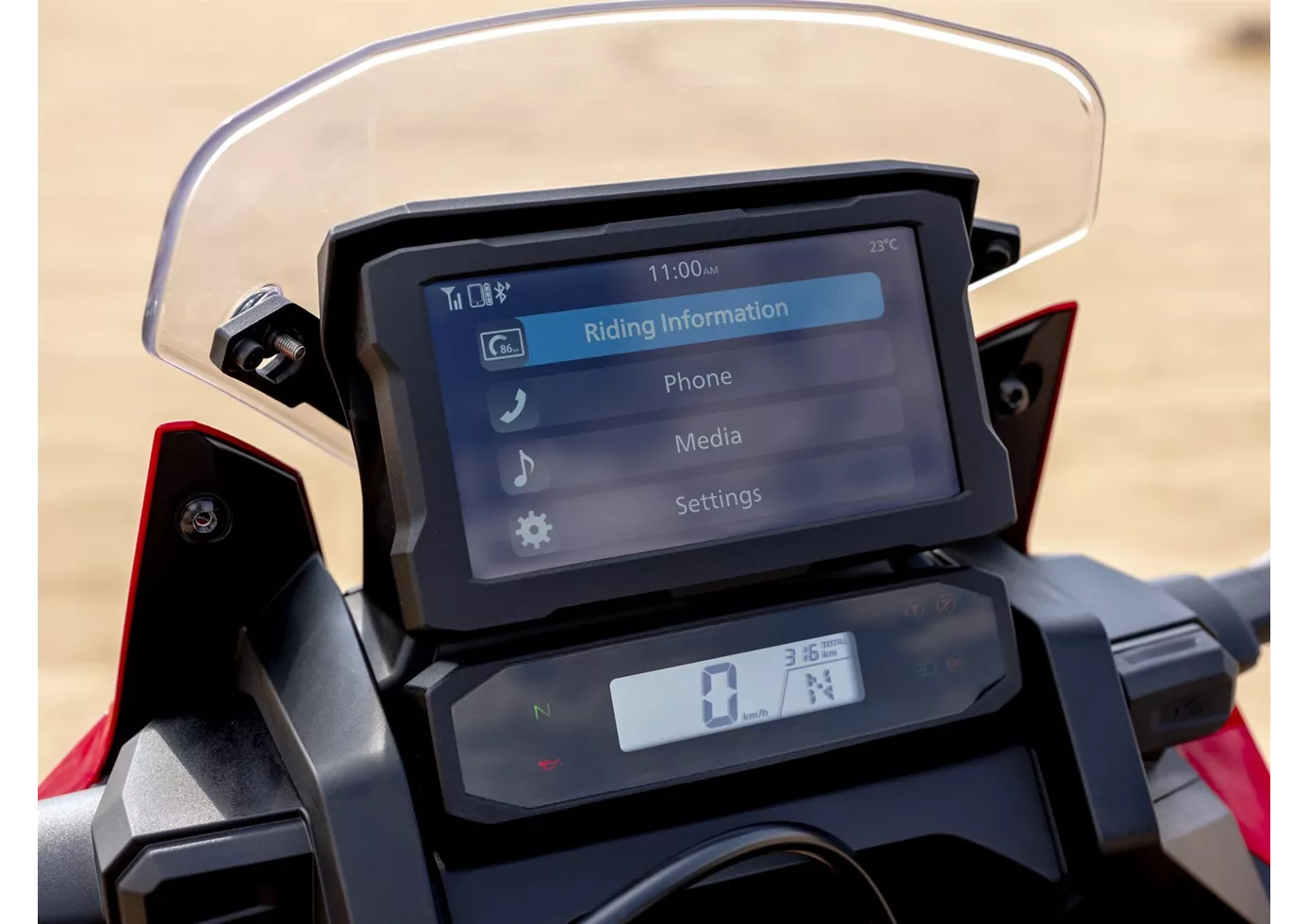
For me, the Africa Twin is a touring enduro as a touring enduro should be. This was already true of the predecessor model and did not change with the increase in displacement and power. Because the latter remained manageable at 102 hp, and Honda even managed to shed a few kilos compared to the CRF1000L. So it remained versatile, functioning just as well on the motorway as off-road. The chassis absorbs almost all bumps, the engine remains sovereign in every situation, ergonomics and seating comfort are exemplary. A motorbike for all days as well as for the big trip - wherever that may be.
Price Comparison Avarage Market Price Kawasaki Versys 1000 SE vs Honda CRF1100L Africa Twin DCT
There are a few key differences between a Kawasaki Versys 1000 SE 2021 and a Honda CRF1100L Africa Twin DCT 2020. It takes less time to sell a Kawasaki Versys 1000 SE with 86 days compared to 118 days for a Honda CRF1100L Africa Twin DCT. Since model year 2019 1000PS.de editors have written 12 reviews for the Kawasaki Versys 1000 SE and 17 reviews for the Honda CRF1100L Africa Twin DCT since model year 2020. The first review for the Kawasaki Versys 1000 SE was published on 06/11/2018 and now has more than 25,500 views. This compares to more than 109,400 views for the first review on Honda CRF1100L Africa Twin DCT published on 23/09/2019.
